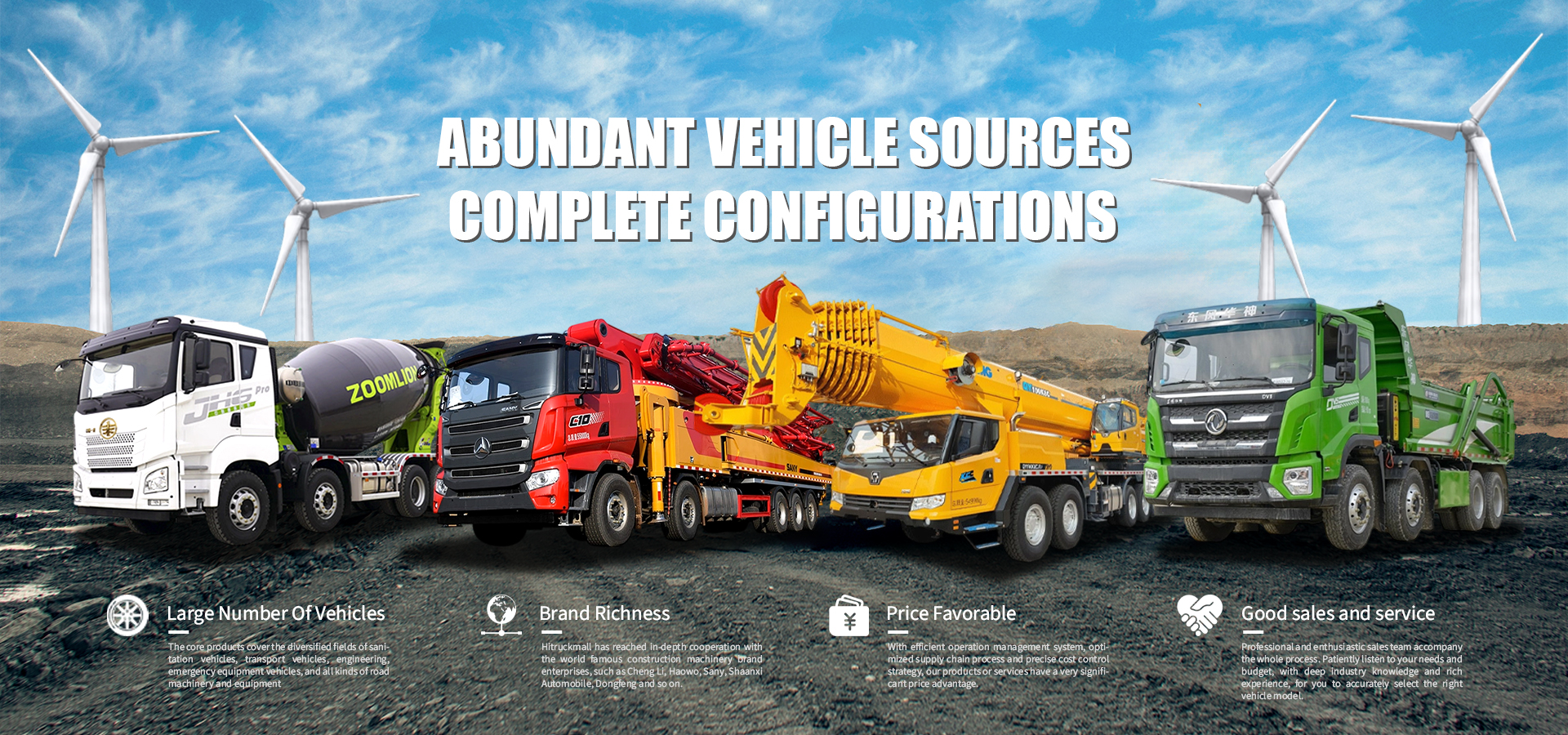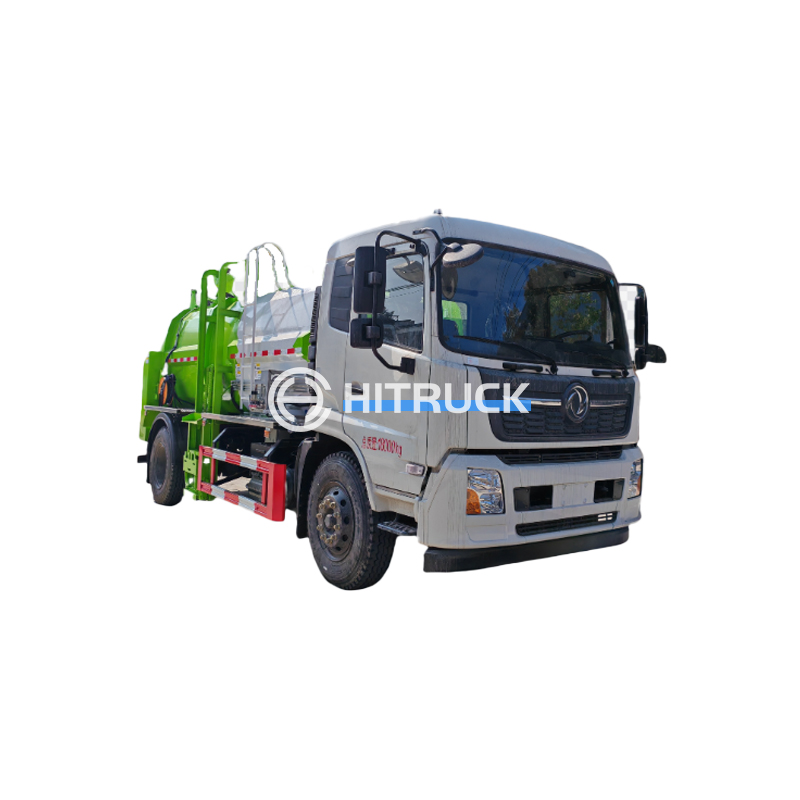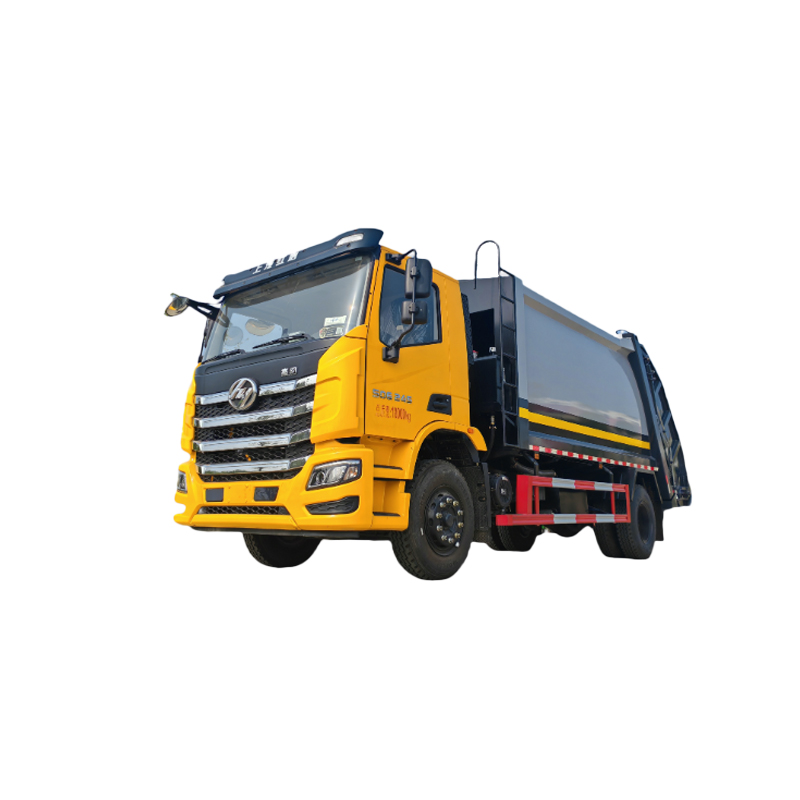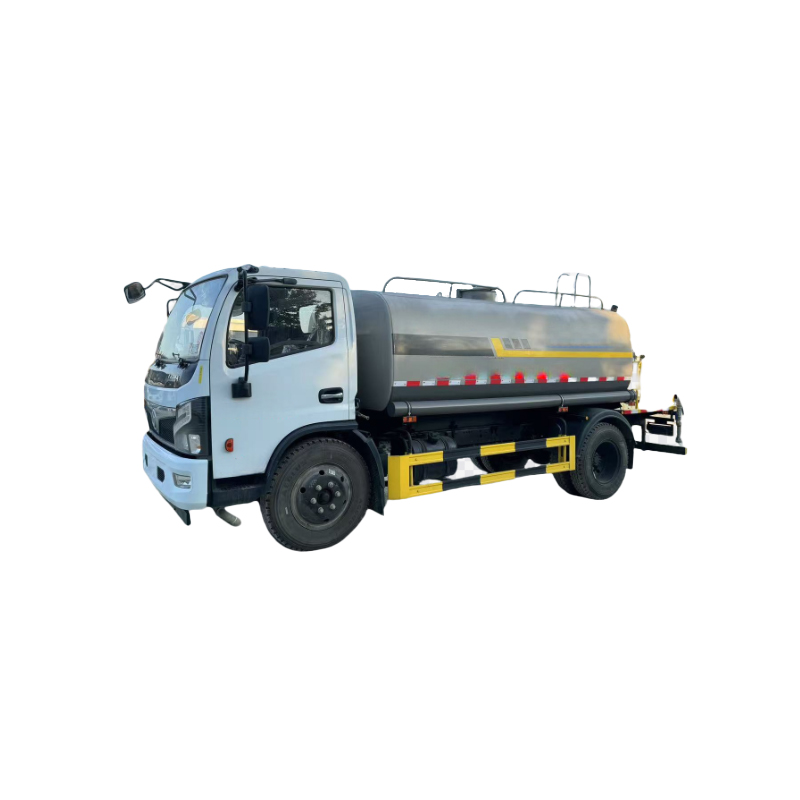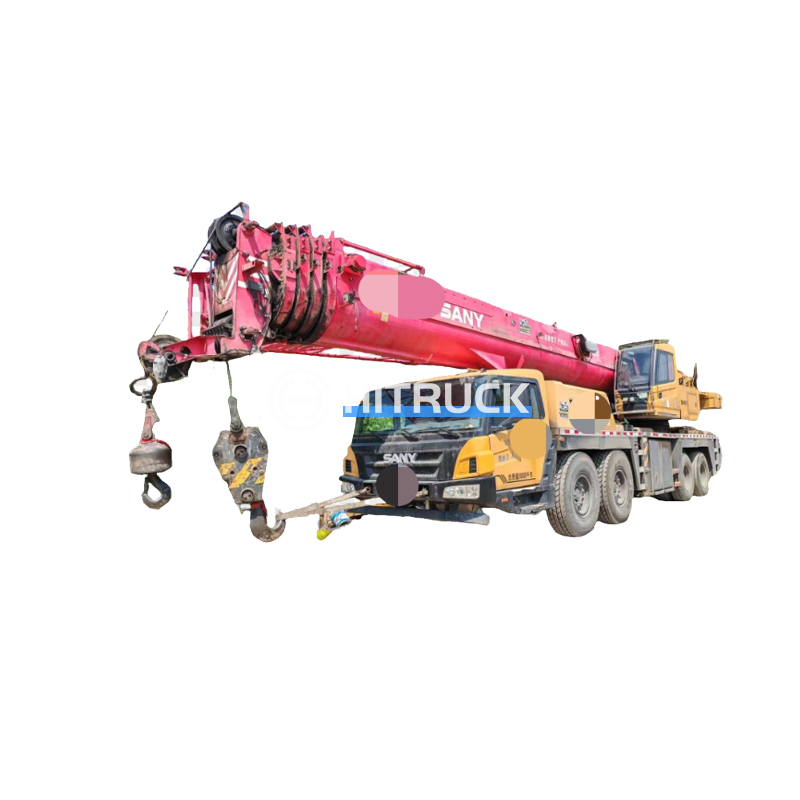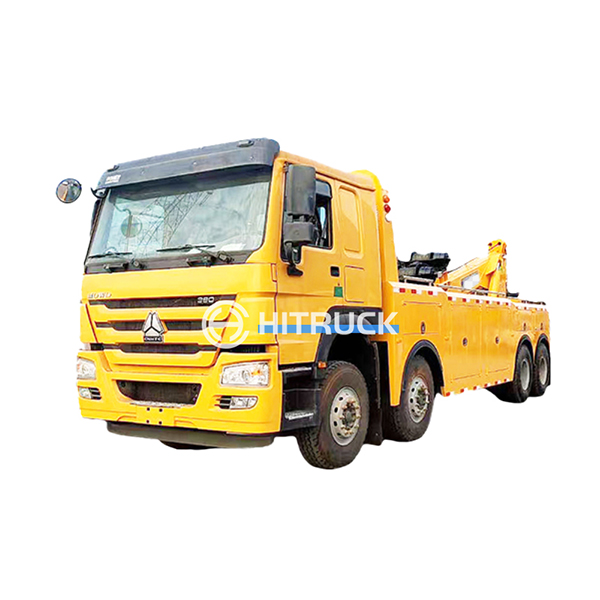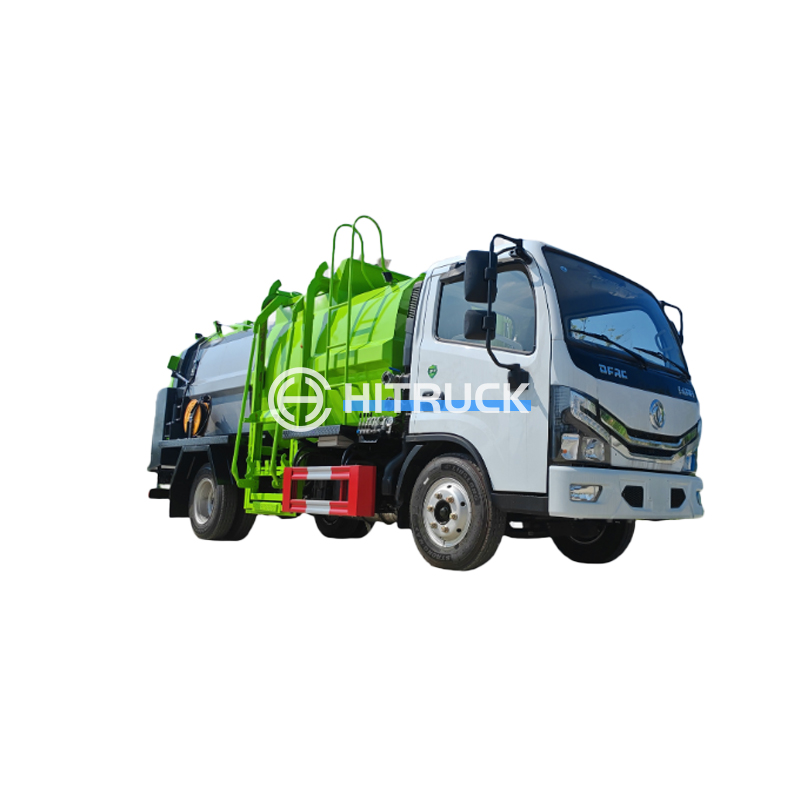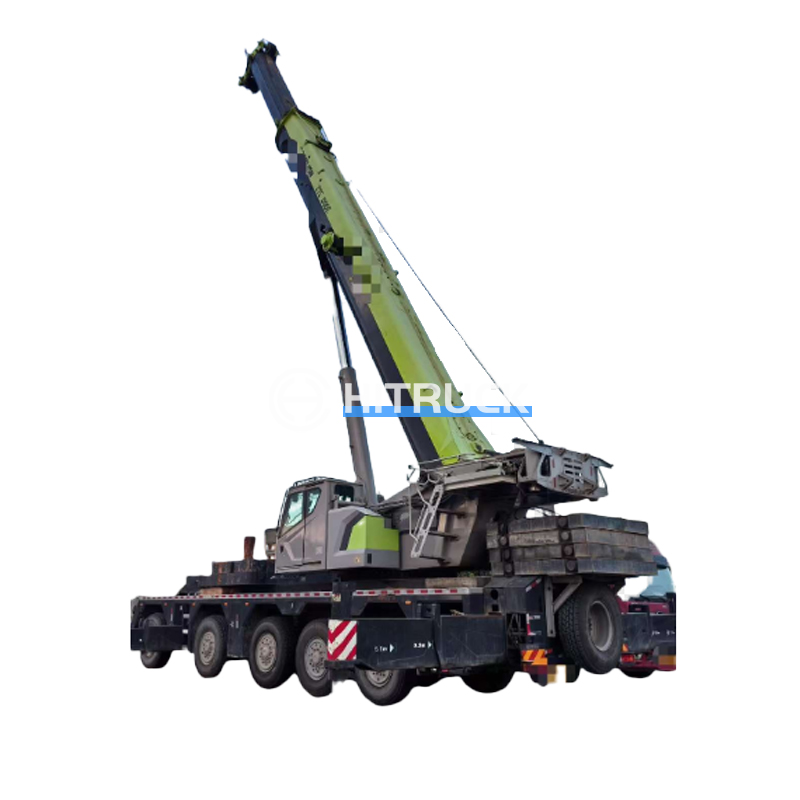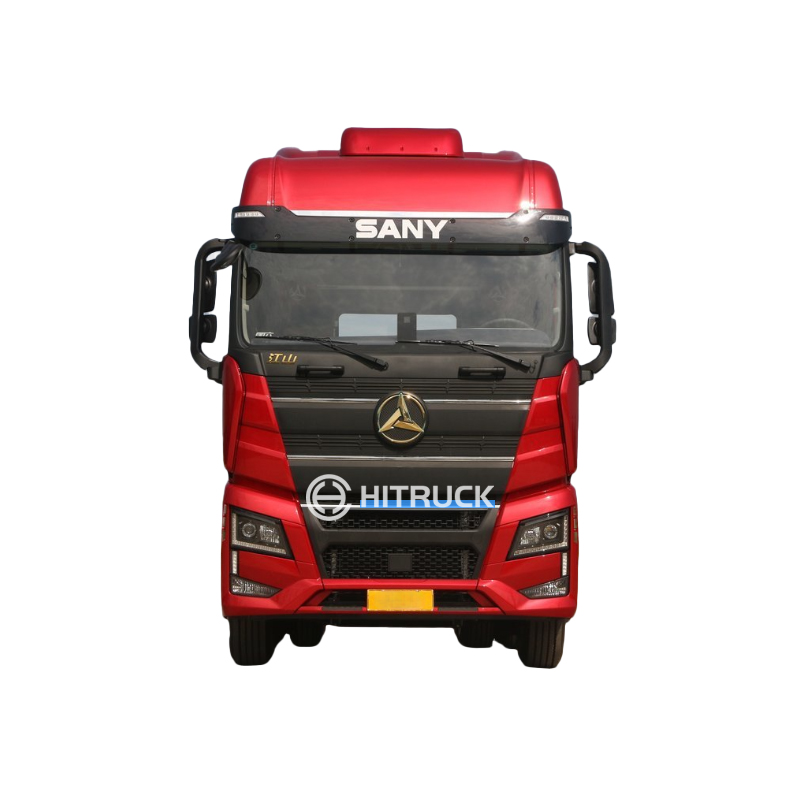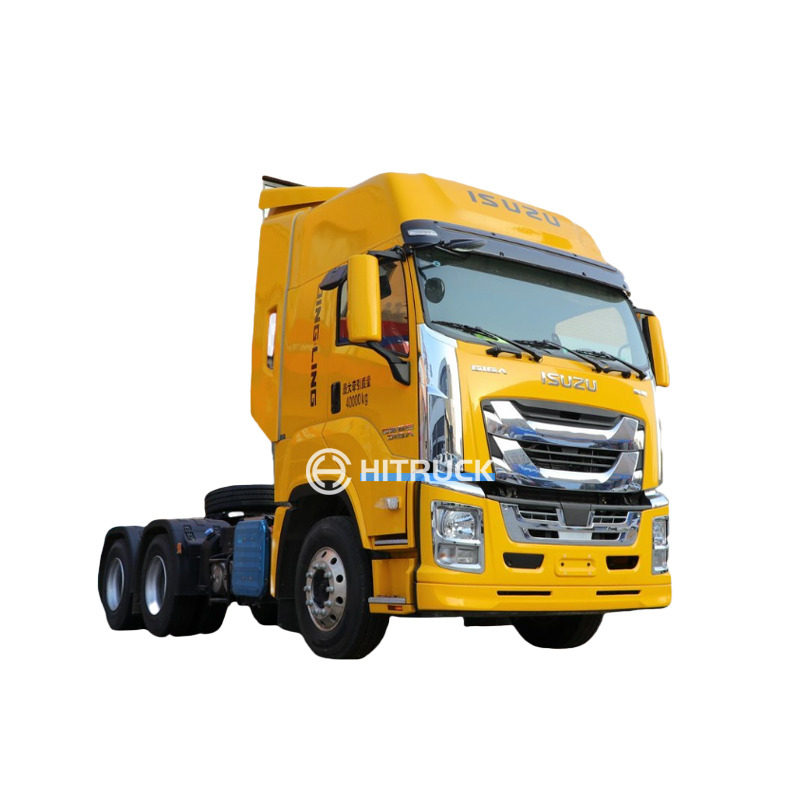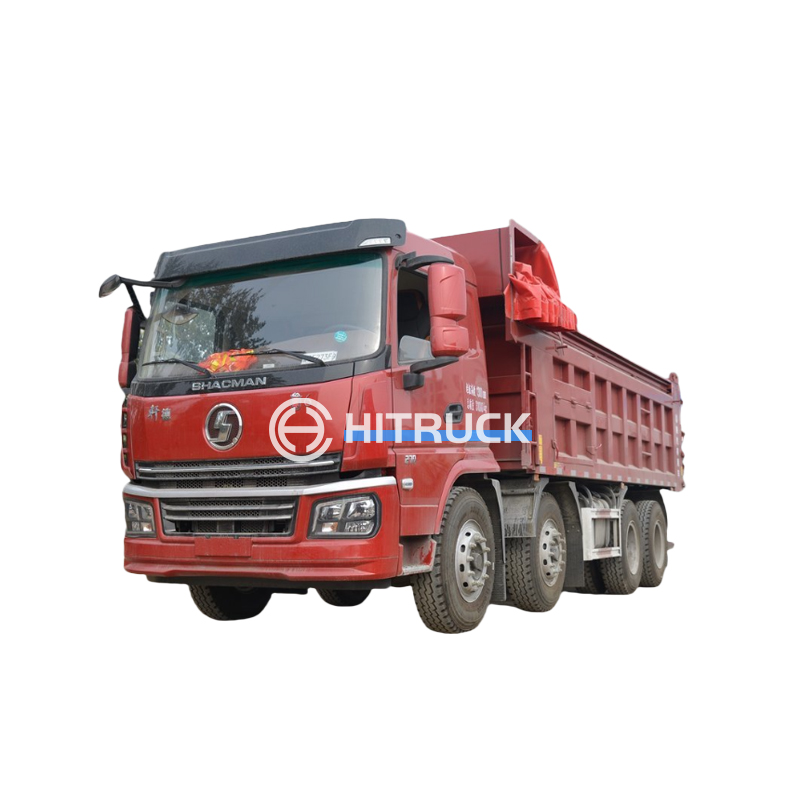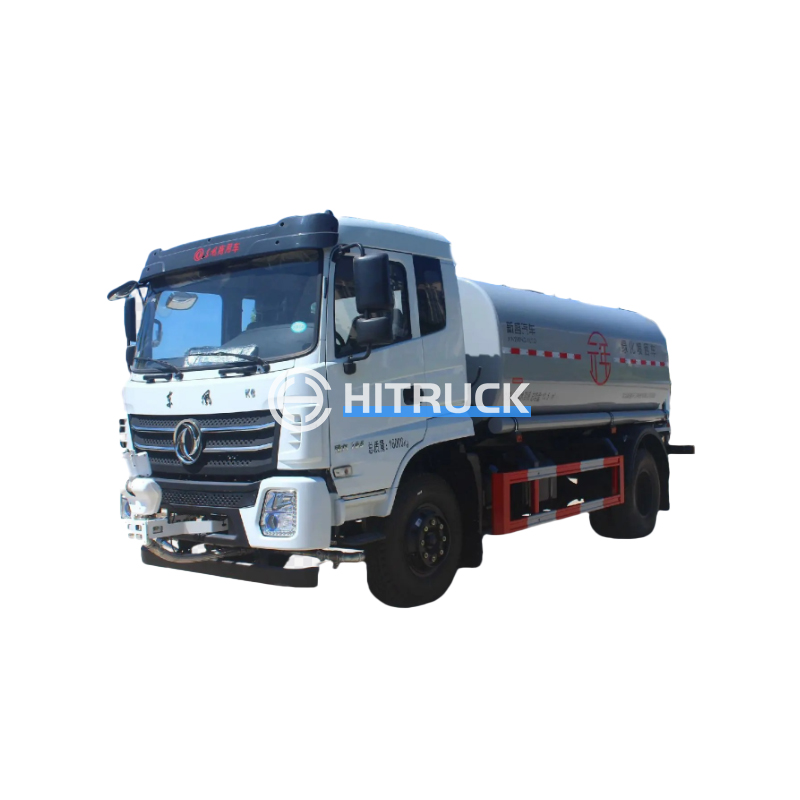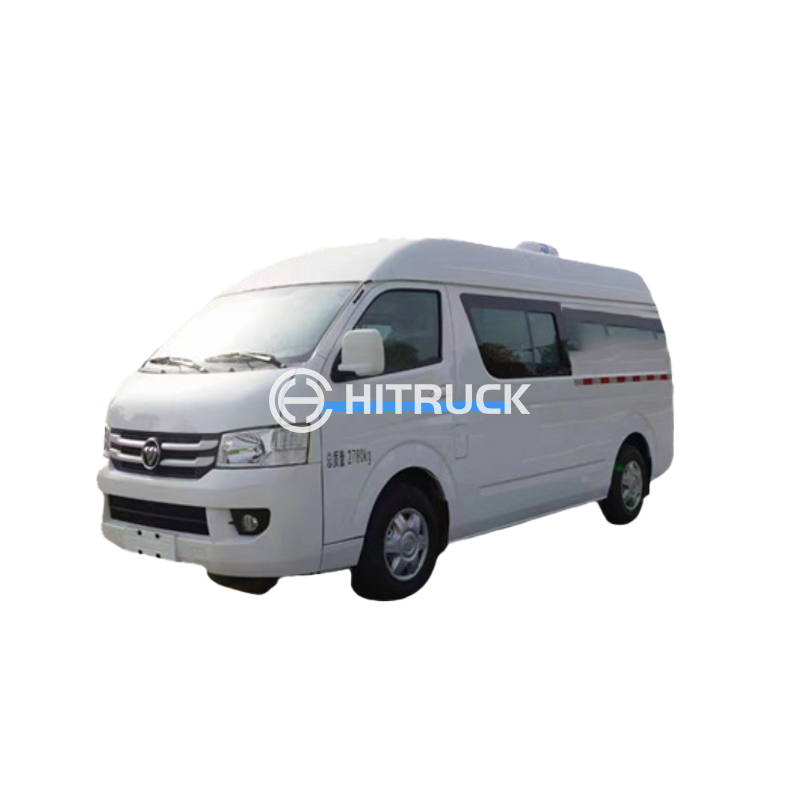This comprehensive guide helps you navigate the world of water tankers, covering everything from types and sizes to maintenance and regulations. Learn how to select the perfect water tanker for your specific application, ensuring efficient and reliable water transport.
Water tankers come in a wide range of capacities, from small units for residential use to massive vehicles for industrial and municipal applications. Consider your daily water needs to determine the appropriate tank size. Factors to consider include the frequency of water delivery and the volume needed per delivery. For larger-scale operations, multiple smaller water tankers might be more efficient than a single, oversized unit.
The material used in constructing a water tanker significantly impacts its durability, lifespan, and cost. Common materials include stainless steel, aluminum, and polyethylene. Stainless steel offers superior corrosion resistance, while polyethylene is a lighter and more cost-effective option, though less durable. The construction techniques also vary. Welded seams are common in steel tanks, ensuring strength and leak-proof integrity. Consider the local climate and water quality when selecting materials to maximize the life of your water tanker.
The chassis of a water tanker, typically a truck or trailer, determines its maneuverability and off-road capabilities. Four-wheel drive chassis are preferred for challenging terrains. The pumping system is equally crucial, with options ranging from simple gravity-fed systems to powerful, high-capacity pumps capable of high-pressure delivery. The choice depends on the delivery method and the height to which water needs to be pumped.
Water tankers represent a significant investment. Thoroughly research financing options and compare prices from multiple suppliers before making a purchase. Consider the long-term costs, including maintenance, repairs, and fuel consumption.
Ensure the water tanker you choose meets all local and national regulations regarding safety, capacity, and transportation. These regulations may vary depending on the location and intended use. Check with your local authorities to understand the specific requirements for water tanker operation in your area.
Regular maintenance is crucial to prolong the life of your water tanker and prevent costly repairs. This includes regular inspections, cleaning, and lubrication of moving parts. Choose a water tanker with readily available parts and a reliable service network. Hitruckmall offers a wide selection of parts and services.
Selecting a reputable supplier is vital. Look for a supplier with a proven track record, excellent customer service, and readily available support. A reliable supplier will offer guidance on choosing the right water tanker for your needs and provide ongoing support throughout the ownership.
| Feature | Stainless Steel | Polyethylene |
|---|---|---|
| Durability | High | Moderate |
| Corrosion Resistance | Excellent | Low |
| Cost | High | Low |
Remember to carefully consider all the factors discussed above before making your decision. Choosing the right water tanker is crucial for efficient and reliable water transport.
